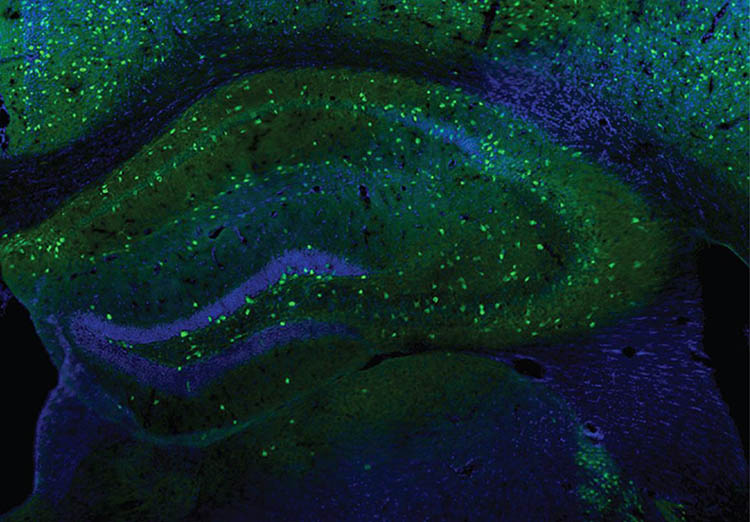IRP study in mice provides insight into how brain activity is fine-tuned
Research explores how new information is consolidated across the sleep-wake cycle
Using a mouse model, researchers have discovered a new daily rhythm in a type of synapse that dampens brain activity. Known as inhibitory synapses, these neural connections are rebalanced so that we can consolidate new information into long-lasting memories during sleep. The findings, published in PLOS Biology, may help explain how subtle synaptic changes enhance memory in humans. The study was led by researchers at the National Institute of Neurological Disorders and Stroke (NINDS), part of the National Institutes of Health.
“Inhibition is important for every aspect of brain function. But for over two decades, most sleep studies have focused on understanding excitatory synapses,” said Dr. Wei Lu, senior investigator at NINDS. “This is the first study to try to understand how sleep and wakefulness regulate inhibitory synapses.”
In the study, Kunwei Wu, Ph.D., a postdoctoral fellow in Dr. Lu’s lab, examined what happens at inhibitory synapses during sleep and wakefulness in mice. Electrical recordings from neurons in the hippocampus — a brain region important for memory formation — showed a previously unappreciated pattern of activity. During wakefulness, steady 'tonic' inhibitory activity increased, while fast 'phasic' inhibition decreased. They also found much larger activity-dependent enhancement of inhibitory electrical responses in neurons from awake mice suggesting that wakefulness, but not sleep, could strengthen these synapses to a greater degree.
This page was last updated on Tuesday, November 1, 2022
